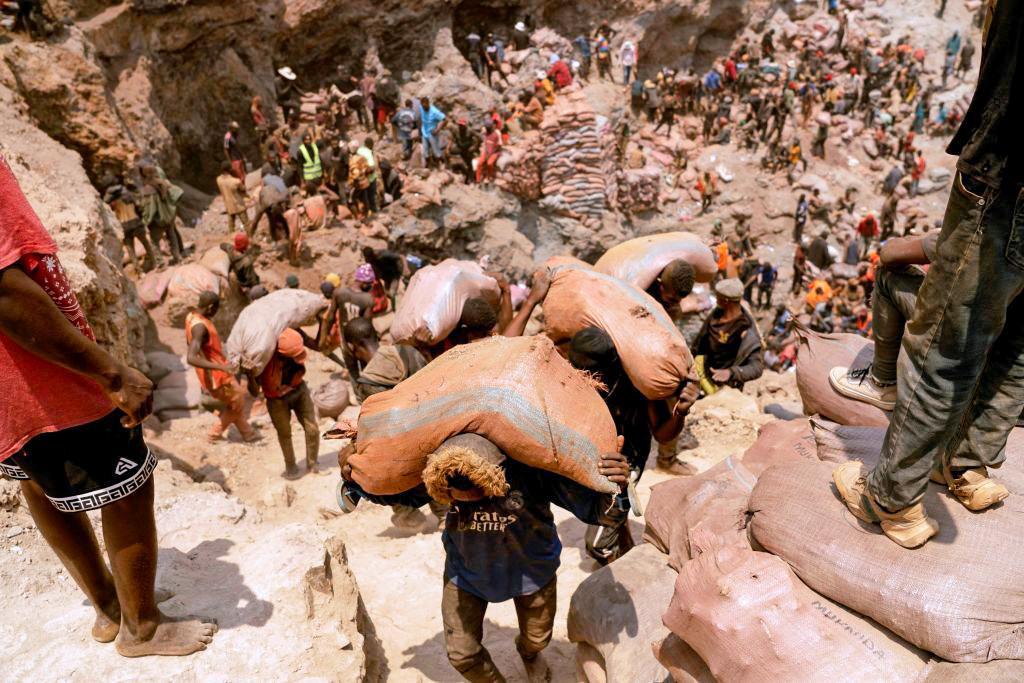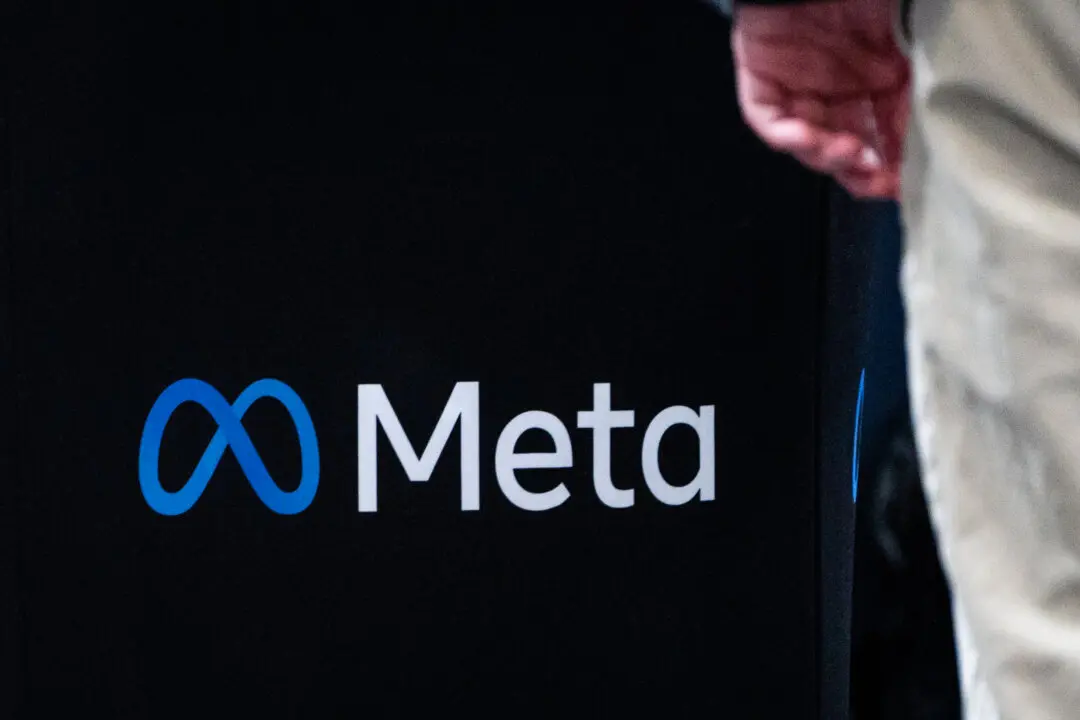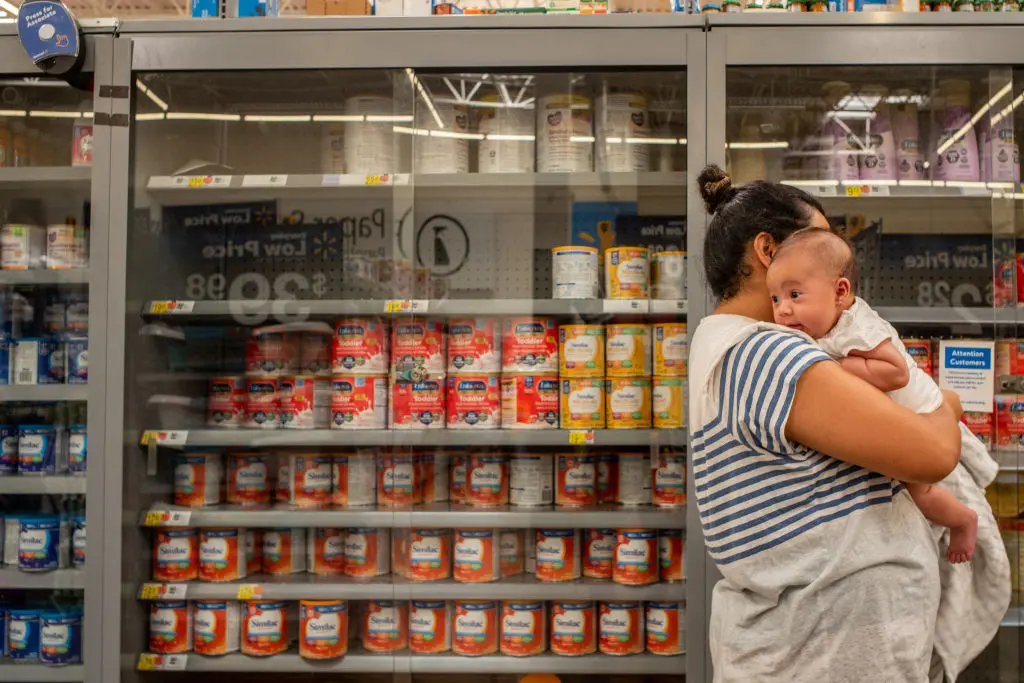Primarily driven by the large-scale adoption of electric vehicles, the production of lithium-ion batteries has spiked, raising the demand for cobalt—a cause of despair rather than prosperity in the African nation of Congo, where the metal is mined amid horrendous circumstances.
“I remember looking at this destroyed landscape and these thousands of bodies laboring over it and thinking it was like some rung of hell,” said author Siddharth Kara in an interview with Yale Environment 360 published on March 30.





